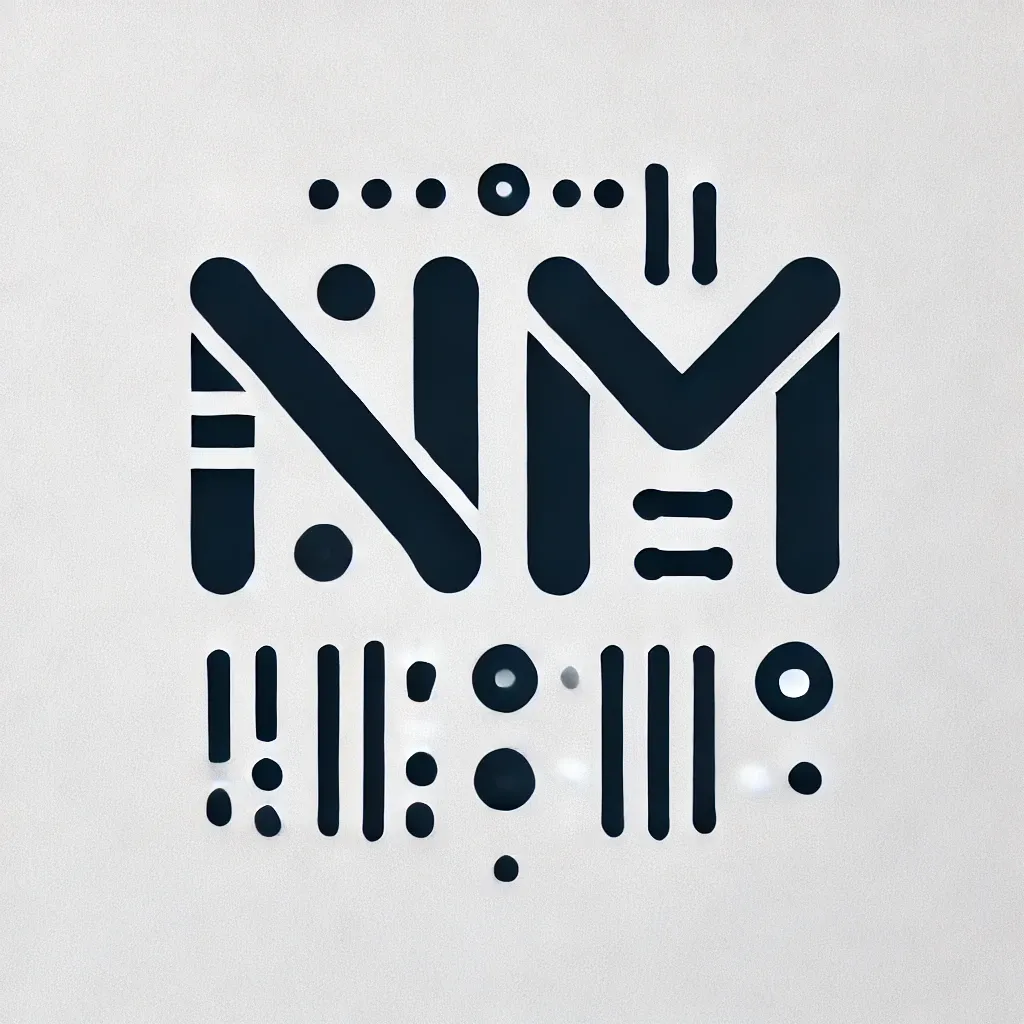Docker and CI/CD: Integrating Containers into the Continuous Integration Pipeline
Learn how to integrate Docker containers seamlessly into your CI/CD pipeline to achieve faster, more reliable, and efficient software delivery.

Introduction
Continuous Integration and Continuous Deployment (CI/CD) is a software development approach that aims to automate the build, testing, and deployment processes. By integrating Docker containers into the CI/CD pipeline, software teams can achieve faster, more reliable, and more efficient software delivery.
In this blog post, we'll explore the benefits of using Docker in the CI/CD pipeline and learn how to integrate containers seamlessly into your development workflow. Let's dive in!
What is Docker?
Docker is an open-source platform that allows developers to automate the deployment of applications in lightweight and portable containers. A containerized application is bundled with its dependencies, libraries, and configuration files, ensuring that it runs consistently across different computing environments.
Traditional software development practices often rely on manual deployment processes, which can be time-consuming, error-prone, and inconsistent. Docker solves these challenges by providing a containerization solution that enables developers to package their applications and run them in isolated environments called containers.
Why Integrate Docker into the CI/CD Pipeline?
Integrating Docker into the CI/CD pipeline offers several benefits:
- Consistency: Docker containers ensure consistent builds across different environments, eliminating the "works on my machine" problem and making the software more reliable.
- Isolation: Containers provide an isolated environment for each application and its dependencies, preventing conflicts and reducing the risk of issues caused by conflicting dependencies.
- Reproducibility: Docker images are immutable and versioned, allowing for easy and reproducible deployments of specific versions of the application.
- Portability: Docker containers are platform-agnostic and can run on any infrastructure that supports Docker, enabling easy deployment and scaling across different environments.
- Efficiency: Docker's lightweight nature and fast startup time allow for faster deployment and testing, enabling organizations to deliver software more quickly and efficiently.
Integrating Docker into the CI/CD Pipeline
Integrating Docker into your CI/CD pipeline involves the following steps:
1. Containerizing Your Application
The first step is to package your application into a Docker image. This involves creating a Dockerfile, which is a text file that defines the steps required to build and run your application in a container.
Here's an example Dockerfile for a Node.js application:
FROM node:14
WORKDIR /app
COPY package*.json ./
RUN npm install
COPY . .
EXPOSE 3000
CMD [ "npm", "start" ]
Once you have your Dockerfile ready, you can build the Docker image using the docker build command:
$ docker build -t my-app .
Make sure to replace "my-app" with the desired image name and tag.
2. Automating Builds and Tests
Next, you need to set up your CI/CD pipeline to automatically build and test your Dockerized application.
Popular CI/CD tools like Jenkins, GitLab CI/CD, and CircleCI have built-in support for Docker, allowing you to execute Docker commands as part of your pipeline.
Here's an example Jenkins pipeline configuration:
pipeline {
agent any
stages {
stage('Build') {
steps {
sh 'docker build -t my-app .'
}
}
stage('Test') {
steps {
sh 'docker run my-app npm test'
}
}
}
}
This pipeline configuration builds the Docker image and then executes the tests inside a container based on that image.
3. Pushing the Docker Image to a Registry
Once your application is built and tested, you can push the Docker image to a container registry. A container registry is a centralized repository for storing and distributing Docker images.
Popular container registries include Docker Hub, Amazon Elastic Container Registry (ECR), and Google Container Registry (GCR).
Here's an example of pushing the Docker image to Docker Hub:
$ docker login
$ docker tag my-app username/my-app
$ docker push username/my-app
Replace "username" with your Docker Hub username and "my-app" with the desired image name and tag.
4. Deploying the Dockerized Application
Finally, you can deploy your Dockerized application to your target environment, such as a production server or a cloud provider.
Depending on your deployment target, you can use tools like Kubernetes, Docker Swarm, or cloud-specific platforms like AWS Elastic Beanstalk or Google Cloud Run.
Here's an example deployment configuration using Docker Swarm:
$ docker swarm init
$ docker stack deploy -c stack.yml my-app
Replace "my-app" with the desired stack name and make sure to have a stack.yml file defining the deployment configuration.
Conclusion
Integrating Docker containers into the CI/CD pipeline brings numerous benefits such as consistency, isolation, reproducibility, portability, and efficiency. By following the steps outlined in this blog post, you can seamlessly integrate Docker into your development workflow and achieve faster and more reliable software delivery.
Start containerizing your applications today to experience the power of Docker in your CI/CD pipeline!

